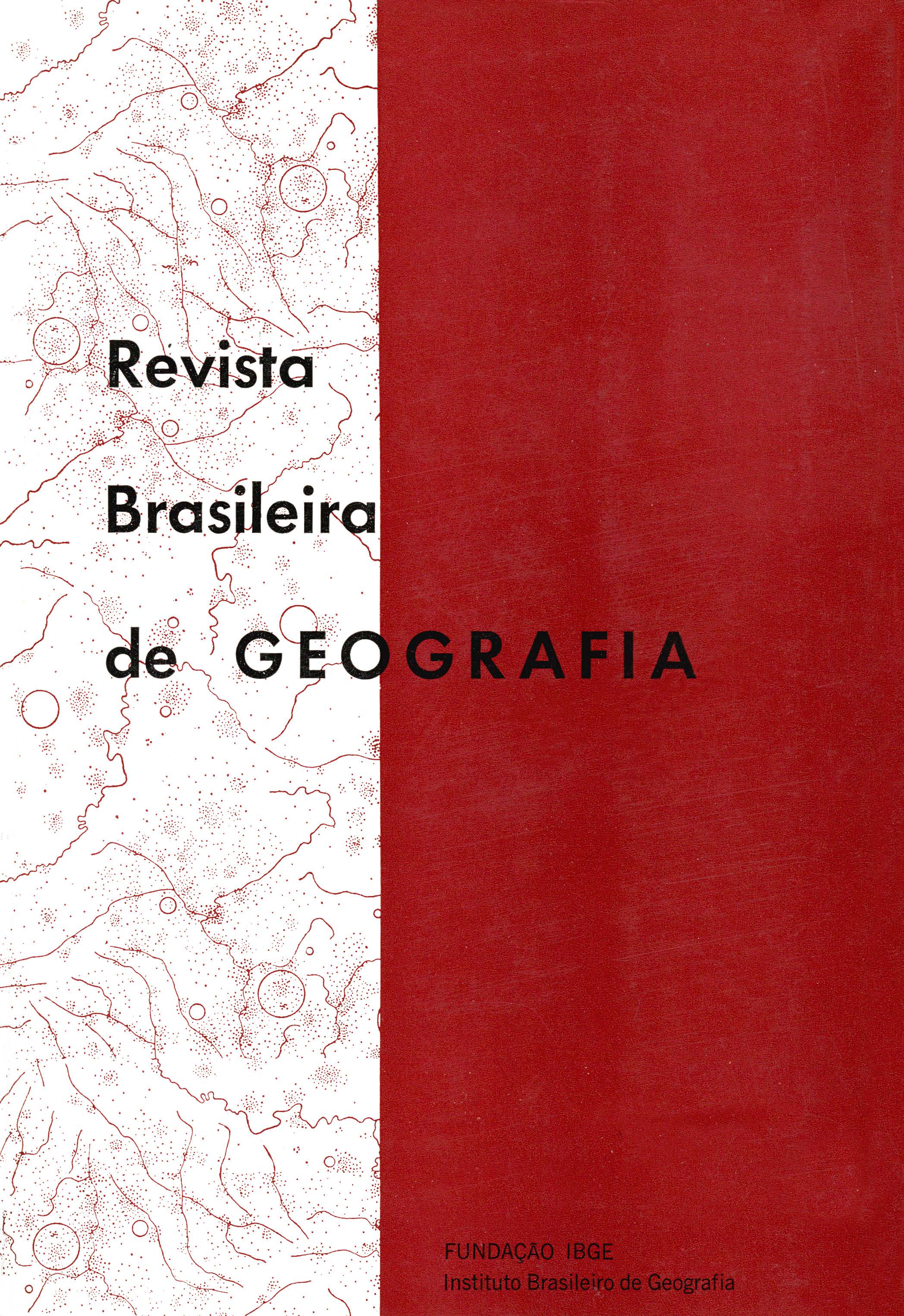A Zona de influência de Aracaju
Palavras-chave:
Aracaju – SE;, Sergipe;, Geografia urbana;, Urbanização;, Cidades e vilasResumo
This work is a result of a research made in order to determine the role of Aracaju as a regional capital and its influence in a large area of the Northeast of Brazil. This sounding was carried out by applying direct methods of analysis concerning Aracaju's functions through inquires accomplished in warehouses, banks, hospitals, schools, newspaper press, broadcasting stations, insurance and engineering companies. It was sounding yet the central market of Aracaju with a purpose to find out the movement of purchase and sale of fruits and poultry, granary and drairy products. The flux of the means of transportation was considered too.
As it was hoped, not only the zone of influence was established, but also the graduation of this influence, with delimitation of areas where the "center-town" has diverse actuation, concluding with a study, based on information acquired through inquiries, of all the towns under the dominance of Aracaju.
Following it was take in consideration some historical aspects in order to find how the influence of Aracaju began as main center of the region. It was founded in 1855 with a purpose to be the capital of the Province of Sergipe and overcoming to other towns already existent. The local where it was settled, the Cotinguiba zone, was determined by economic impositions, once this zone, with its sugar cane plantation, was in high stage of development, instead of the decaying area of the Vaza Barris valley, where was found the former capital - São Cristóvão.
In that time Aracaju had as main activity the exportation of sugar, so the place chosen for it was an estuary, from where all the production was flowed off.
Today, although the function of Aracaju as a port is almost disappeared, it continue as a dynamic regional capital, which has in the trade function the main factor of influence maintained in a large area.
With the improvement of the means of circulation, raised when, in 1940, was constructed the main highways, the actuation of Aracaju, as a regional center, increased still more reaching farthest areas.
About its trade one can say that the retail trade is well developed and actuates in all over the State of Sergipe reaching the boundary with the neighbor States. The wholesale trade is still more spread, acting in other States as Piauí, far from it, demonstrating how strong is its commercial activities and characterizing an area of frequent trading dealings.
It was analyzed too others functions in the field of education and medicine and was verified that the zone of influence exercised by Aracaju is almost so large as the area reached by trade activities.
The inquiries brought yet as a result the characterization of three zone of influence, showing how Aracaju, because its condition of politic-administrative center and intense commerce, has maintained a wide area under its influence.
The first of those is related to all the towns and the rural area of the State, concerning furnishing of all kind, included food supply.
In the second zone the role of Aracaju as a center of influence ls exercised in other towns considered as sub centers, where other small towns and villages search for supplies and common medical services.
The third zone is that one in which Aracaju renders specialized services to other centers, once this centers, although some of them are important as developed; town, can't render services of this kind.
From all this aspects one concludes that Aracaju in its State became absolute as center of influence, beside acquire independence from Salvador, a regional metropolis much bigger than Aracaju.






